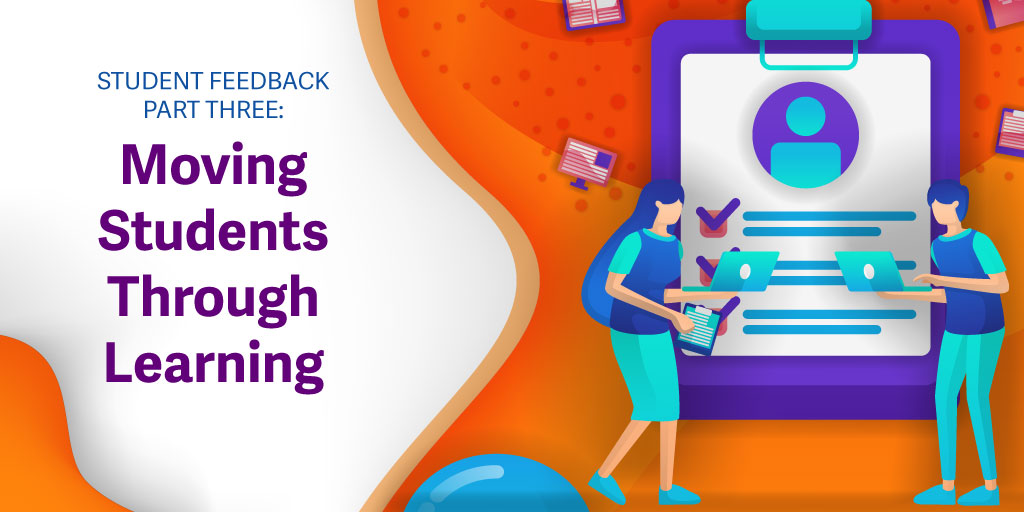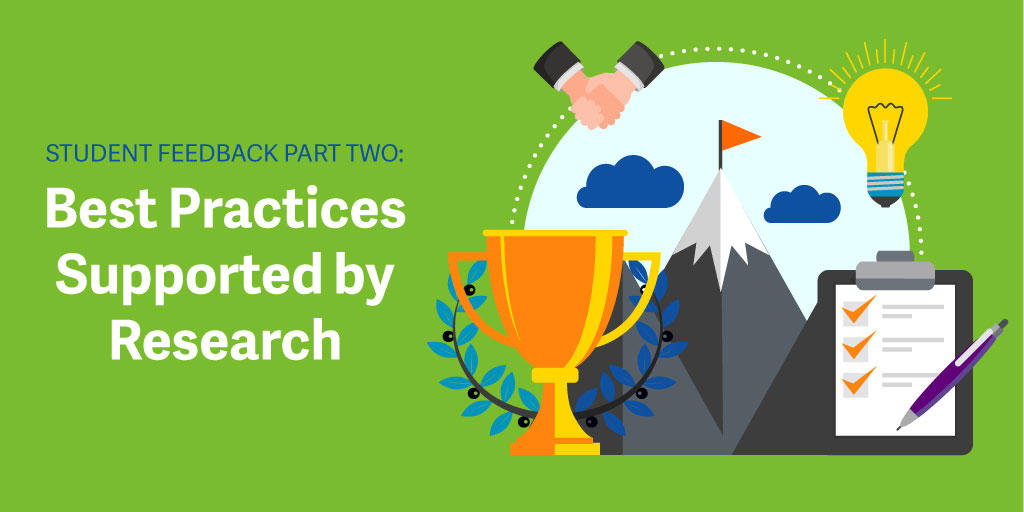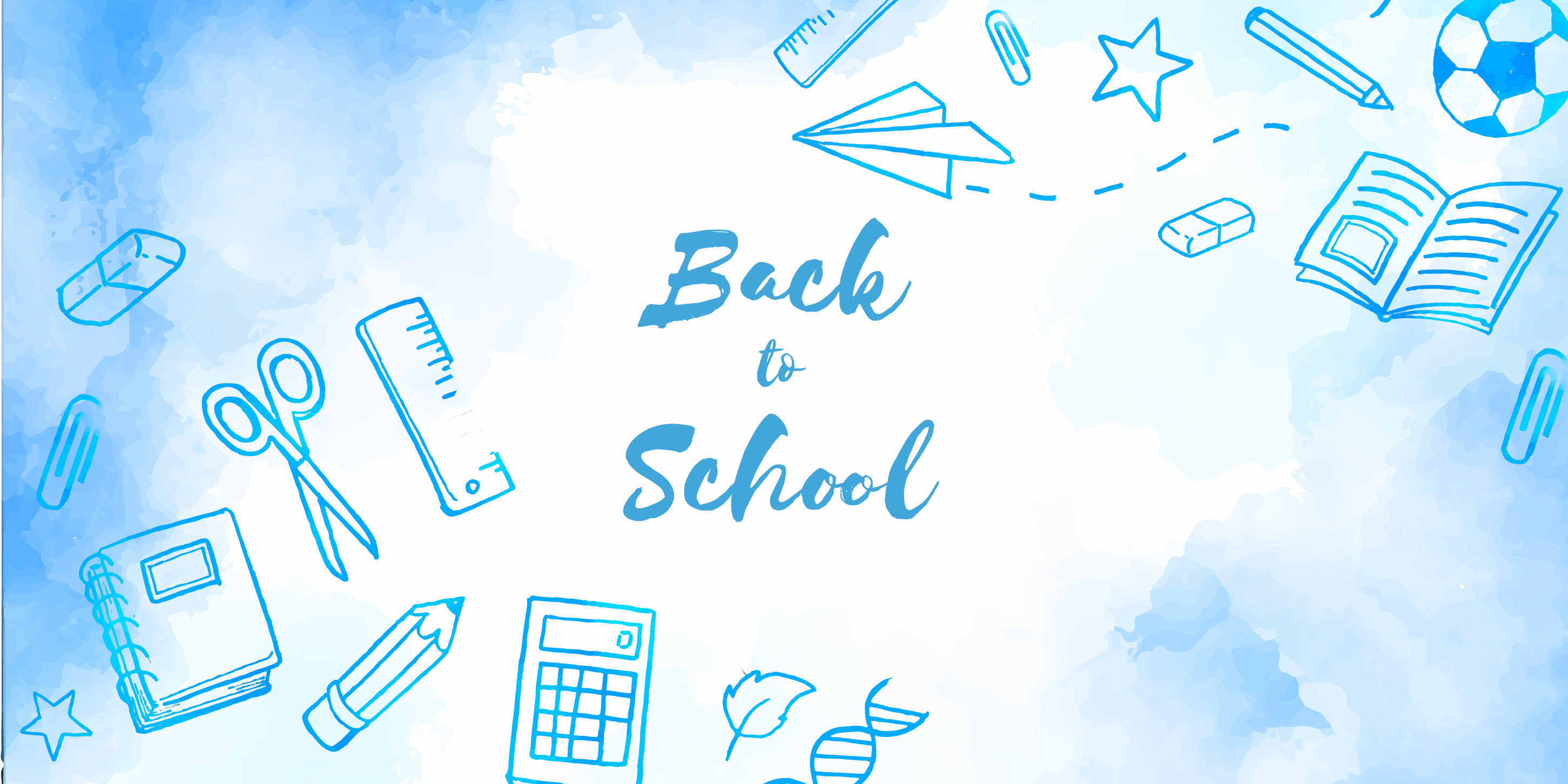Change in technology can be hard. The time investment from teachers that goes into developing and creating materials can’t be understated. So when we make decisions about changing technology, we should take this into consideration.
Student Feedback Part Three: Moving Students Through Learning
So far in our feedback series, we’ve discussed general types of student feedback as well as best practices for feedback in the classroom. In thinking about how feedback shapes a classroom, I have changed my understanding of what quality feedback really means. It is much more than responses to students, and it is even more than comments back to them when correcting their work. It is a response to learning moments that move students deeper into their learning.
Topics: Administrator Resources, tips for teachers
Who doesn’t love the arts? We listen to music during our free time, go dancing, and watch live performances, among other things! This past week, I went to an arts symposium, where I learned a lot about integrating the arts into the classroom.
Here are several takeaways I wanted to share with my fellow educators:
Topics: Classroom Collaboration, collaborative learning, tips for teachers
Teachers try to balance many different elements while planning lessons. Content standards, interest level of students, high levels of rigor, prior knowledge, and empowering and engaging student learning all play a role as teachers are determining how to structure a lesson. As teachers think about increasing relevance in the classroom and applying critical thinking strategies, they can look no further than the current debate about climate change in our world—a topic that meets most, if not all, of the criteria listed above.
Topics: STEM Lessons, STEM
Student Feedback Part Two: Best Practices Supported by Research
In part one of our feedback series, we reviewed the types of feedback that we most see used in the classroom. These types of feedback each have a role to play. When we correct a student’s learning, encourage them, and affirm their good work, we build relationships and trust with them. All educators know how important this is and how it must occur first before deep learning can take place.
But when it comes to learning, this kind of feedback doesn’t really impact the student much. They might feel good about the support that is being offered, but how often do they actually learn from this kind of feedback?
Topics: tips for teachers
We know that if students can’t clearly see a lesson, they can’t be expected to retain the information. But did you know the same is true of hearing? Clear audio is essential to learning, but hearing loss, temporary impairment from an illness, and common classroom sounds can all get in the way of student learning.
View our new infographic to learn more about the role of hearing in the learning process:
Topics: Classroom Audio
As summer break comes to a close, you’re likely gearing up to get back into your classroom. We’ve got you covered with tips to help you take learning to the next level for your students this year.
Topics: Professional Development for Teachers, tips for teachers
Student Feedback Part One: Supporting Students Through Feedback
Teachers know how important feedback is. We know that to help students correct misconceptions, improve skills, and remain motivated, we have to give the right feedback at the right time. But the term “feedback” encompasses a number of different types of responses to students. From an encouraging statement to a deep-dive response on a student’s essay, feedback comes in all shapes and sizes.
But not all feedback is the same. Some types are more effective than others and some are more important than others. All different types of feedback have a role in the classroom, but teachers need to be informed on how to best respond to students.
Topics: tips for teachers
Teachers, think back to May when it was the last day of school. You said goodbye to your students, cleaned up your room, checked out with your principal, and headed home to enjoy your summer. But before you left the building, you also packed up your car with teacher manuals to study, educational books to read, and lessons to rework. No worries—that’s what we all do. The summer is a great time to get a jumpstart on the next school year. However, I would urge you to do more than work this summer. Take the summer to care for yourself, nurture your personal interests, and relax.
Topics: tips for teachers
In the world of education, the terms trauma informed, trauma sensitive, and trauma invested have come to the forefront. While all these terms are very similar in nature, the importance of learning and understanding trauma is key to the success of our students. Google defines trauma as a “deeply distressing or disturbing experience.” When this type of experience happens to a child, it can affect brain development, which can impede learning as well as mental and physical health.
Topics: Administrator Resources, tips for teachers











